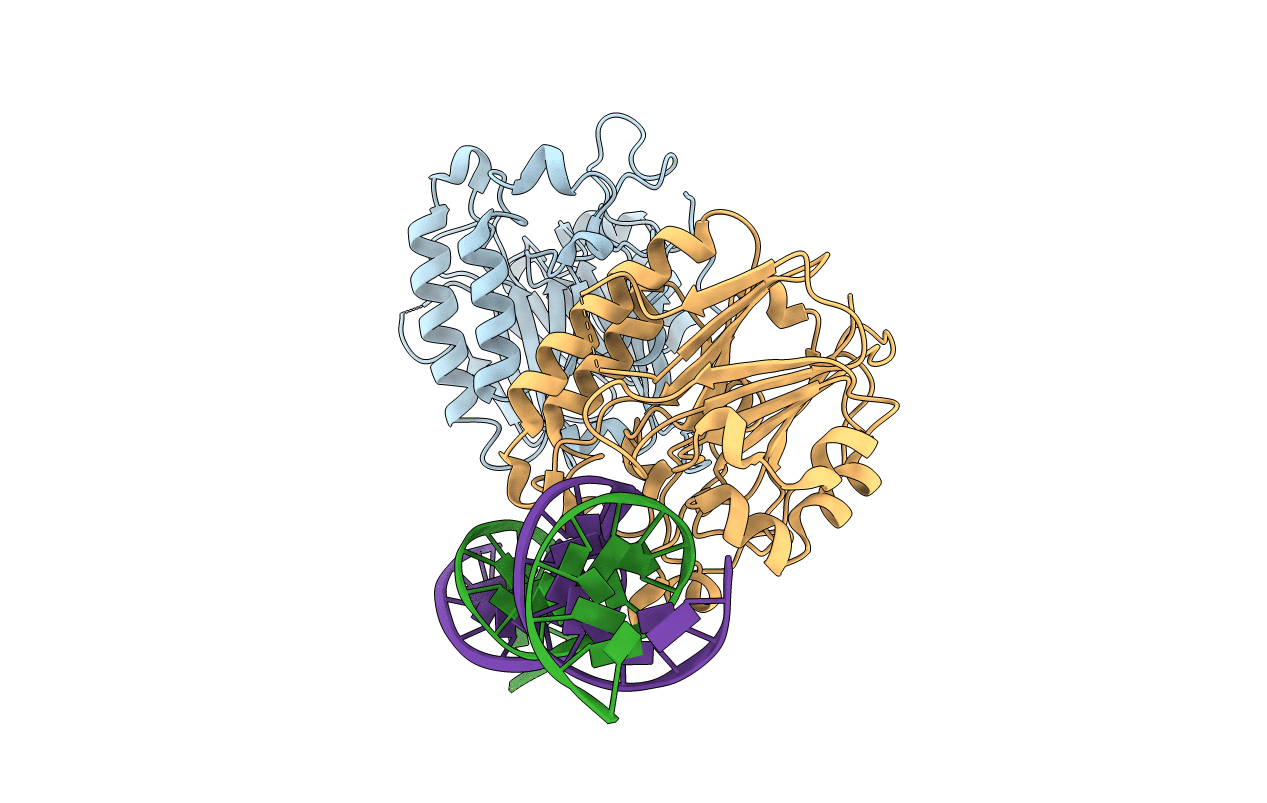
Deposition Date
2021-02-11
Release Date
2021-08-04
Last Version Date
2023-10-18
Entry Detail
PDB ID:
7LPI
Keywords:
Title:
APE1 phosphorothioate substrate complex with abasic ribonucleotide DNA
Biological Source:
Source Organism:
Homo sapiens (Taxon ID: 9606)
synthetic construct (Taxon ID: 32630)
synthetic construct (Taxon ID: 32630)
Host Organism:
Method Details:
Experimental Method:
Resolution:
2.05 Å
R-Value Free:
0.24
R-Value Work:
0.19
R-Value Observed:
0.19
Space Group:
P 1


